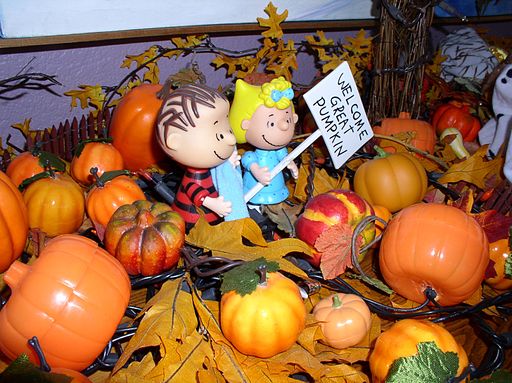Halloween has long been my favorite holiday. I’m amazed more libertarians don’t share a similar love for the holiday – it is the closest equivalent we have to a free market holiday. Halloween teaches children about opportunity costs; trick or treating may be ‘free’ in monetary terms but every kid understands that there is still a cost in terms of time spent walking house to house. It also teaches children about the benefits of trade (i.e. trading the candy you don’t like for candy you do like), the benefits in capital investment (i.e. those with the best costumes get the most candy), and even the value of open borders.
When I was a small child in Los Angeles’ Koreatown I would be dressed in my costume since the early morning and ready to go trick or treating as soon as possible. After all every minute spent idle meant less potential candy! When nightfall came though I would not be trick or treating in my native Koreatown, I’d be making the trek to the city’s richer neighborhoods in the west side. Residents of Koreatown weren’t stingy when it came to giving out candy, but there was a high place premium in the other neighborhoods. The residents of the west side, and other rich neighborhoods, gave out king-sized candy bars for the same work that I would perform in Koreatown.
These neighborhoods, with well-lit streets, calm traffic and several houses huddled together, were also better suited to trick or treating than my own neighborhood’s high rise apartment complexes, congested traffic, and poor pedestrian infrastructure. Not only were the rewards for trick or treating higher in these richer neighborhoods, but the costs were also lower. I wasn’t the only Angeleno who migrated neighborhoods for Halloween – the streets overflowed with families from across the metropolitan area.
To my knowledge no nativist movement has ever sprang up to try to discourage any of this. Local children have not formed a trick or treater union and demanded that no candy be given to ‘migrant’ trick or treaters. The homeowners in these neighborhoods have not refused to give candy to these migrant trick or treaters. And why should they?
These migrant trick or treaters clearly benefit from their temporary migration; they get more candy than they would have otherwise. However the homeowners and local children benefit as well. The fun of Halloween isn’t solely about getting as much candy as possible – there is also a degree of fun to be had in seeing everyone else dressed up. It is also, in the case of the homeowner who spent time in decorating their house for the festivities, a chance to be praised on how great one’s house looks. Halloween is very much a social holiday. Allowing migrant trick or treaters to enter their neighborhood has allowed homeowners and local children alike to greater enjoy Halloween than if they erected a border and shooed away outsiders for the night.
It would of course be absurd for a neighborhood to erect a border for a single night, but other means could be used to exclude migrant trick or treaters if that was desired. Local schools could give children badges to be worn on Halloween to help homeowners discriminate against migrant trick or treaters. The fact that we don’t see a serious attempt to separate local and migrant trick or treaters is a sign that all parties understand that they benefit from open borders for Halloween.
It would be nice if the same could be said about open borders in general. All the same I am glad that we have such a sweet holiday to help us make the case in favor of open borders.

